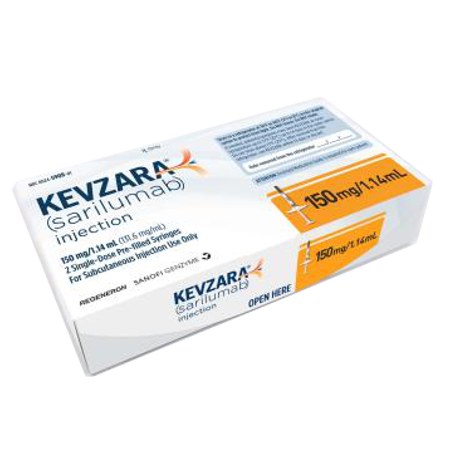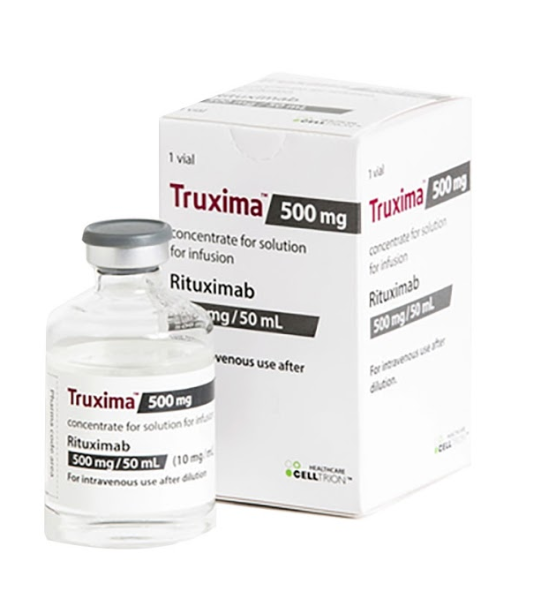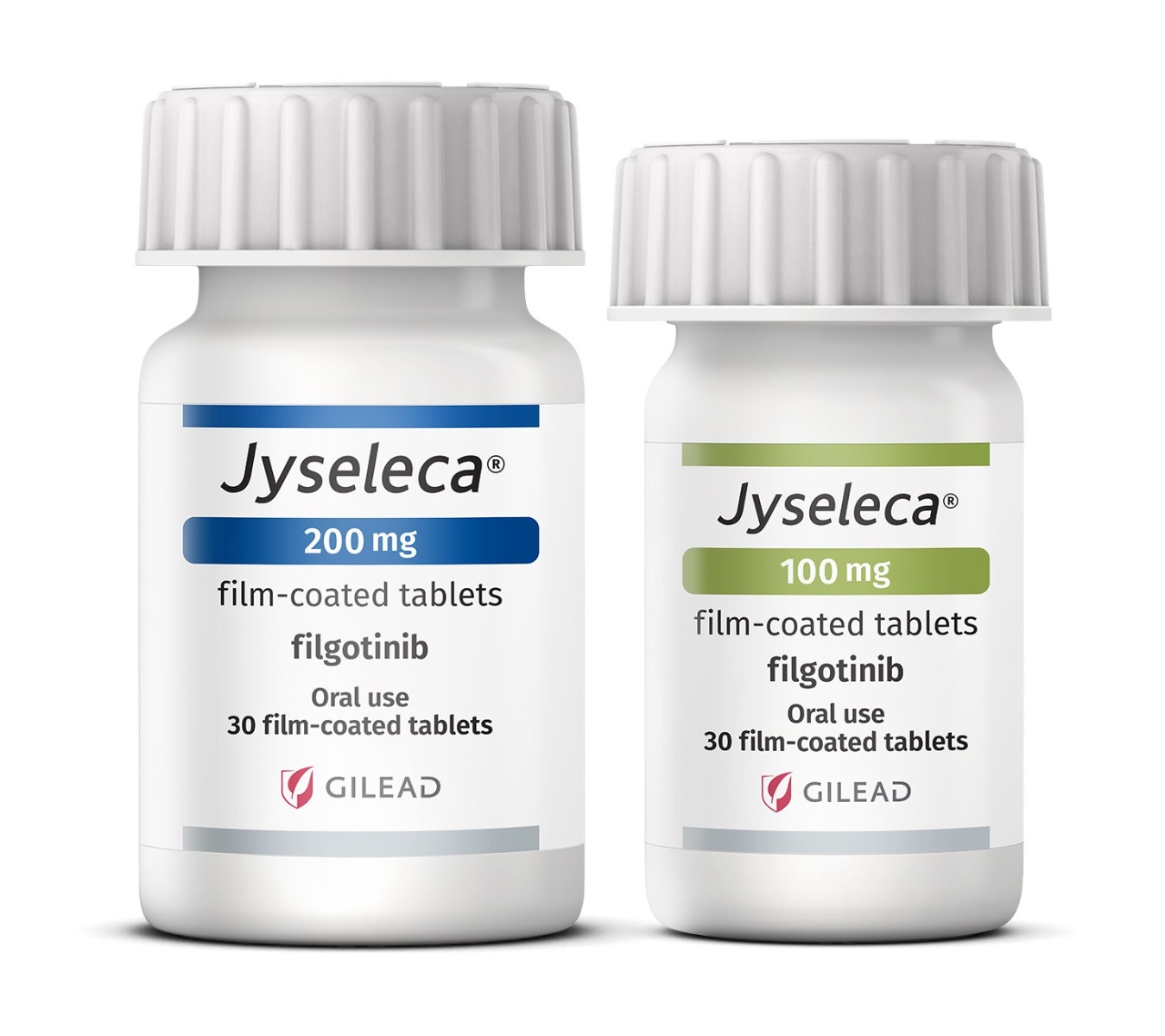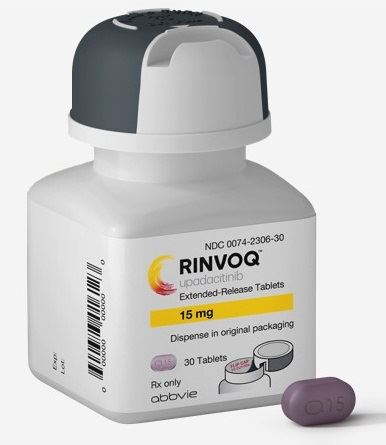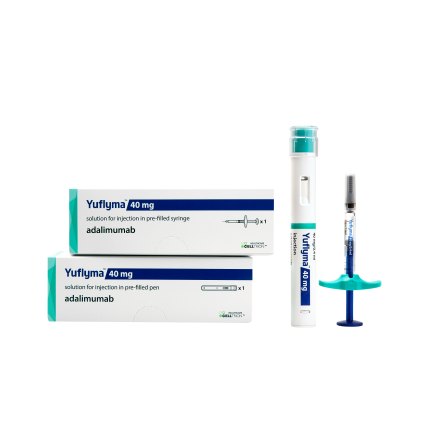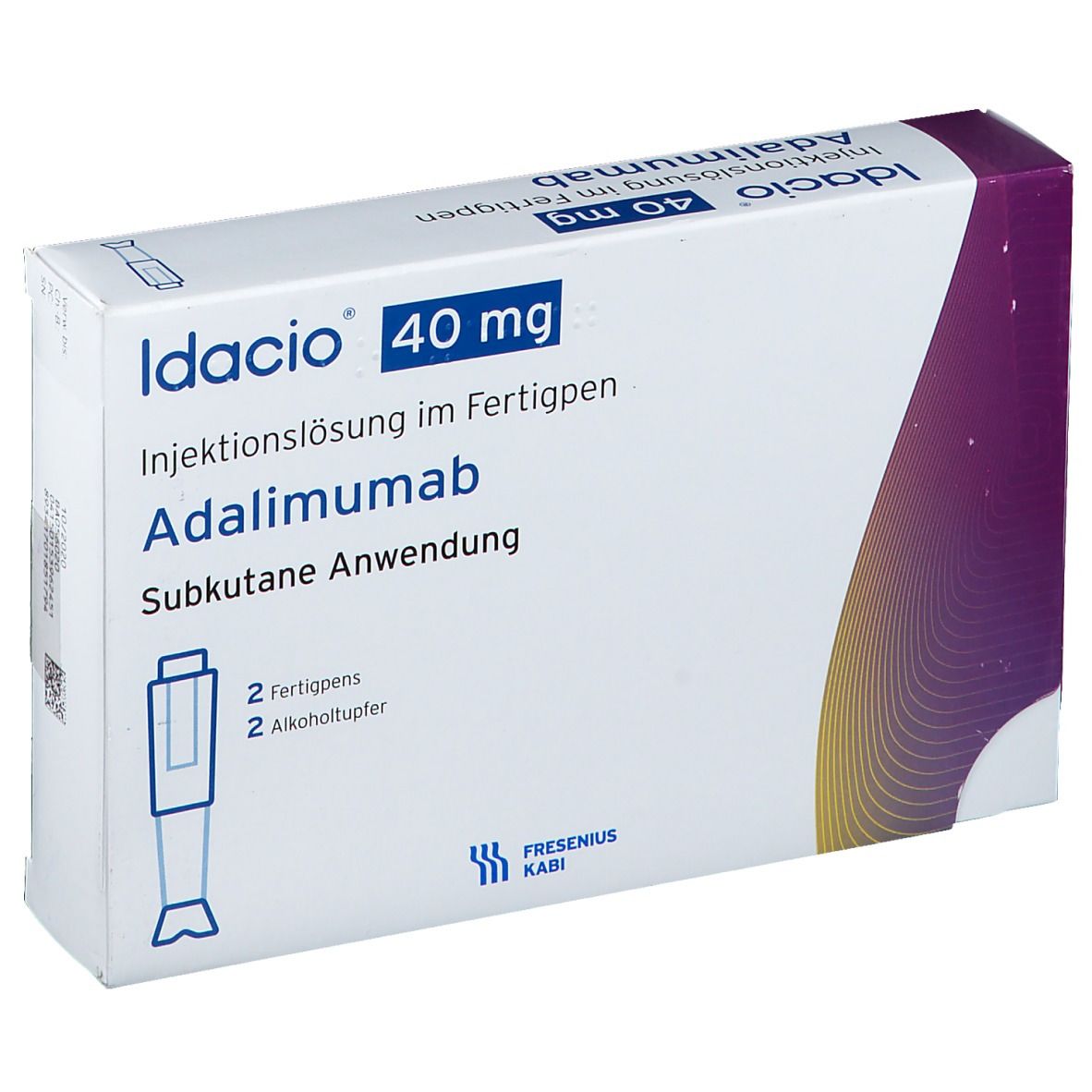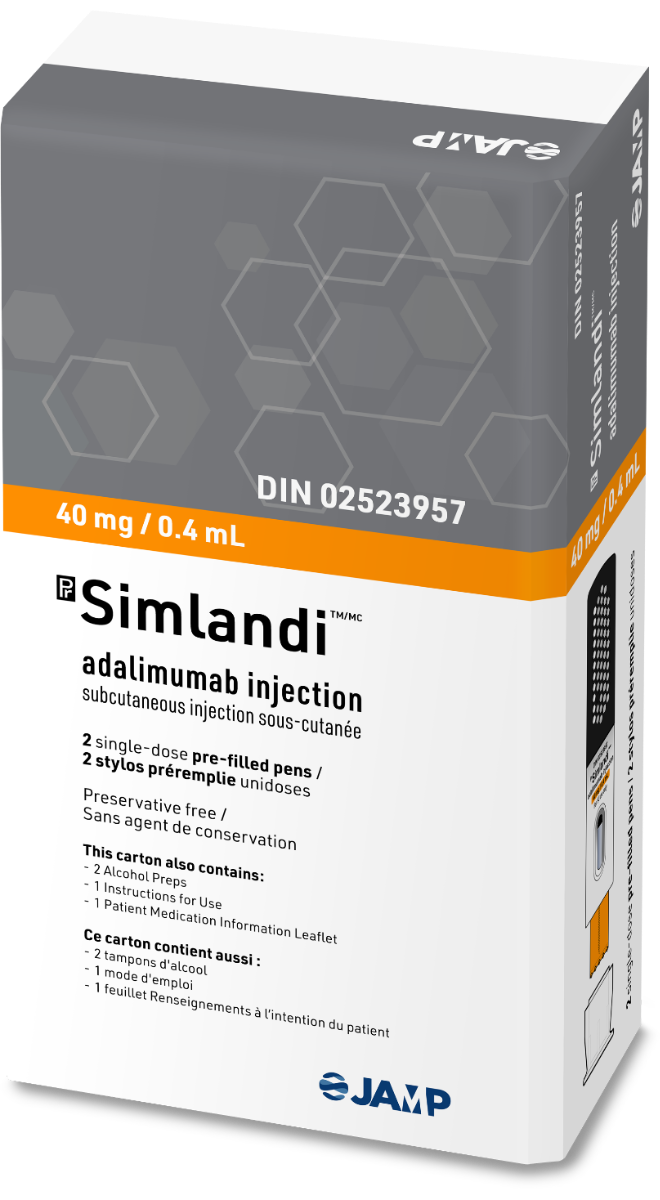New Rheumatoid Arthritis treatments 2024
New Rheumatoid Arthritis Treatments 2024
Rheumatoid arthritis (RA) is a chronic autoimmune disorder that primarily affects the joints, but it can also impact other tissues and organs. It is characterized by the immune system mistakenly attacking the body's own tissues, causing inflammation that leads to joint pain, swelling, and stiffness. Over time, RA can cause joint damage and deformities, making daily activities challenging. The disease is more common in women than in men and typically begins between the ages of 30 and 60. While the exact cause of RA is unknown, genetic and environmental factors are thought to play a role in its development.
When considering treatment options for rheumatoid arthritis, it is important to consult with a healthcare professional to tailor a plan that addresses individual needs and disease severity. Medications used to treat RA include nonsteroidal anti-inflammatory drugs (NSAIDs), corticosteroids, disease-modifying antirheumatic drugs (DMARDs), and biologic response modifiers. DMARDs and biologics are often the cornerstone of RA treatment, as they can slow the progression of the disease and prevent joint damage. In some cases, physical therapy and lifestyle changes such as exercise and diet modifications can also provide relief. Surgery may be considered for those with severe joint damage who do not respond to other treatments.

Treatment options
| Treatment option | Estimated cost | Efficacy | Eligibility |
|---|---|---|---|
| NSAIDs (Nonsteroidal Anti-Inflammatory Drugs) | $20 - $100 | Moderate for pain relief | Most patients |
| DMARDs (Disease-Modifying Antirheumatic Drugs) | $100 - $3000 | High for slowing disease progression | Patients with moderate to severe RA |
| Biologic Response Modifiers | $1500 - $5000 | High for reducing symptoms and disease progression | Patients not responding to DMARDs |
| Corticosteroids | $10 - $100 | High for short-term symptom relief | Short-term use or flare management |
| Xeljanz (tofacitinib) | $2000 - $3000 | High for reducing symptoms | Patients not responding to DMARDs or certain biologics |
| Olumiant (baricitinib) | $2000 - $3000 | High for reducing symptoms | Patients not responding to DMARDs or certain biologics |
| Kevzara (sarilumab) | $4000 - $5000 | High for reducing symptoms | Patients not responding to DMARDs or certain biologics |
| Truxima (rituximab biosimilar) | $3000 - $4000 | High for reducing symptoms | Patients with moderate to severe RA after TNF inhibitor failure |
| Jyseleca (filgotinib) | $2500 - $3000 | High for reducing symptoms | Adults with moderate to severe RA who have had an inadequate response to one or more DMARDs |
| Rinvoq (upadacitinib) | $3000 - $3500 | High for reducing symptoms | Patients not responding to DMARDs or certain biologics |
| Yuflyma (adalimumab biosimilar) | $1000 - $2000 | High for reducing symptoms | Patients not responding to DMARDs or after TNF inhibitor failure |
| Idacio (adalimumab biosimilar) | $1000 - $2000 | High for reducing symptoms | Patients not responding to DMARDs or after TNF inhibitor failure |
| Nanozora (nanoparticle-based drug delivery) | Experimental - Not available | Unknown | Currently in clinical trials |
| Tofidence (adalimumab biosimilar) | $1000 - $2000 | High for reducing symptoms | Patients not responding to DMARDs or after TNF inhibitor failure |
| Ilaris (canakinumab) | $16,000 - $20,000 | High for systemic juvenile idiopathic arthritis | Approved for systemic juvenile idiopathic arthritis, off-label for RA |
| Simlandi (biosimilar) | Cost varies | High for reducing symptoms | Patients not responding to DMARDs or after TNF inhibitor failure |
Treatments options in detail
Pharmacologic Treatments for Rheumatoid Arthritis
Rheumatoid arthritis (RA) treatment strategies primarily focus on managing symptoms, reducing inflammation, preventing joint and organ damage, improving physical function, and overall quality of life. The most common treatments for RA are disease-modifying antirheumatic drugs (DMARDs), which are divided into conventional synthetic DMARDs, biologic DMARDs, and targeted synthetic DMARDs.
Conventional synthetic DMARDs, such as methotrexate, sulfasalazine, leflunomide, and hydroxychloroquine, are often the first line of treatment. Methotrexate is the cornerstone of RA therapy due to its effectiveness in slowing disease progression and its well-established safety profile. Patients may also receive corticosteroids like prednisone for short-term relief during flare-ups or while waiting for DMARDs to take effect.
Biologic DMARDs, which target specific components of the immune system, include tumor necrosis factor (TNF) inhibitors such as etanercept, adalimumab, and infliximab. Other biologics work by inhibiting different cytokines or cells in the immune system; these include abatacept, rituximab, tocilizumab, and sarilumab. Truxima (rituximab) is an example of a biologic DMARD used for RA, particularly in cases where patients have had an inadequate response to TNF inhibitors.
Targeted synthetic DMARDs are a newer class of medications that selectively inhibit specific pathways involved in the immune response. Tofacitinib (Xeljanz), baricitinib (Olumiant), and upadacitinib (Rinvoq) are Janus kinase (JAK) inhibitors that have been approved for the treatment of RA. These medications can be used as monotherapy or in combination with methotrexate.
Monoclonal antibodies, such as sarilumab (Kevzara), are also used in the treatment of RA. These biologics specifically target the interleukin-6 (IL-6) receptor, which plays a role in the inflammatory process of RA.
Non-Pharmacologic Treatments
Non-pharmacologic interventions, including physical therapy, occupational therapy, and lifestyle modifications such as exercise and smoking cessation, are integral to the comprehensive management of RA. Patient education and support groups are also beneficial for coping with the disease.
Experimental and Off-Label Treatments
Experimental treatments for RA are continually under investigation in clinical trials. These may include new biologic therapies, JAK inhibitors, or other novel molecules targeting different immune pathways. Off-label use of medications occurs when a drug is used in a manner not specified in the FDA's approved packaging label or insert. Off-label treatments for RA may include medications approved for other conditions but found to have efficacy in RA.
Additional Medications for Rheumatoid Arthritis
Several other medications, some of which are biosimilars or have novel mechanisms of action, are available for RA treatment:
- Jyseleca (filgotinib) is a selective JAK1 inhibitor that has shown promise in clinical trials for the treatment of RA.
- Yuflyma, Idacio, and Simlandi are biosimilars to adalimumab, a TNF inhibitor, offering more cost-effective treatment options.
- Nanozora is a nanoparticle formulation of methotrexate designed to improve drug delivery and reduce side effects.
- Tofidence is a biosimilar to tofacitinib, a JAK inhibitor, providing a potentially more affordable option for patients.
- Ilaris (canakinumab) is an interleukin-1 beta (IL-1β) inhibitor that, while not approved for RA, has been used off-label in cases where patients have not responded to other treatments.
It is important to note that while some of these medications may offer novel approaches or more affordable options for RA treatment, their use should be guided by a healthcare professional, considering the individual patient's disease characteristics, comorbidities, and treatment history.
Considerations and Monitoring
All treatments for RA come with potential risks and side effects, which must be carefully weighed against the benefits. Regular monitoring for drug efficacy and adverse effects is essential. This typically includes blood tests to check for signs of toxicity or infection, as well as regular assessments of joint function and pain.
Patients should discuss the risks and benefits of each treatment option with their healthcare provider to determine the most appropriate therapy for their condition. It is also crucial for patients to inform their healthcare providers of any other medications they are taking to avoid drug interactions.
Conclusion
The treatment landscape for RA is complex and requires a personalized approach. While conventional synthetic DMARDs remain a mainstay of treatment, biologic DMARDs and targeted synthetic DMARDs have significantly improved outcomes for many patients. Biosimilars and experimental treatments offer additional options, though their use may be limited by regulatory approval and clinical experience. Ongoing research continues to expand the therapeutic options available for RA, with the goal of achieving remission or low disease activity for all patients.
Symptoms
Symptoms of Rheumatoid Arthritis
Rheumatoid arthritis (RA) is a chronic inflammatory disorder that can affect more than just the joints. In some people, the condition can damage a wide variety of body systems, including the skin, eyes, lungs, heart, and blood vessels. The most common symptoms of RA relate to the joints themselves.
The hallmark feature of RA is joint pain and stiffness that typically worsen following rest or inactivity, such as upon waking in the morning. This stiffness tends to last longer than 30 minutes and may improve with activity as the day goes on. The joints affected are usually symmetrical; for example, if one hand is affected, the other one will be too.
Swelling of the joints is another common symptom, which results from the inflammation within the joint. This swelling is often accompanied by warmth and redness in the affected areas. Over time, the persistent inflammation can lead to joint damage and loss of function, manifesting as a decreased range of motion and difficulty performing everyday tasks.
Rheumatoid arthritis can cause joints to become tender to the touch and, in some cases, may even lead to joint deformity. The fingers and wrists are among the most commonly affected sites, but RA can also affect other joints such as the knees, elbows, hips, shoulders, and ankles.
Fatigue is a frequently reported symptom in individuals with RA. This can be a result of the body's reaction to the inflammation, pain, anemia, and the chronic nature of the disease. Fatigue in RA can be profound and may significantly impact quality of life and the ability to perform daily activities.
Many individuals with RA also experience a general feeling of being unwell, known as malaise. This can be described as a feeling of overall body discomfort or feeling out of sorts, and it may occur alongside other symptoms or independently.
RA can also cause more specific systemic symptoms, such as a low-grade fever. The fever is usually not very high but can be an indicator of the inflammatory process that characterizes the disease.
As the disease progresses, individuals may notice a decrease in appetite and subsequent weight loss, which can be a result of both the physical effects of the disease and the emotional toll it takes.
Occasionally, RA can affect the eyes, leading to symptoms such as dryness, pain, redness, sensitivity to light, and impaired vision. These symptoms may indicate the development of conditions such as Sjogren's syndrome or episcleritis, which can occur in conjunction with RA.
Rheumatoid nodules, which are firm lumps that grow beneath the skin in areas such as the elbows and hands, can also occur in individuals with RA. These nodules can vary in size and are usually not painful, although they can become tender if they are subjected to repeated pressure.
Less commonly, RA can affect the lungs, leading to symptoms such as shortness of breath and coughing. This can be a result of conditions such as interstitial lung disease or pleuritis, which are associated with RA.
Cardiovascular symptoms can also occur due to RA's impact on the heart and blood vessels. Individuals may experience chest pain or other symptoms indicative of pericarditis, myocarditis, or an increased risk of atherosclerosis and heart attack.
RA can also affect the blood and blood vessels, leading to an increased risk of anemia and vasculitis. Anemia can exacerbate feelings of fatigue and weakness, while vasculitis can cause a variety of symptoms depending on the organs affected.
It is important to note that the severity and specific combination of symptoms can vary widely among individuals with RA. Some may experience only mild symptoms, while others may have severe and disabling symptoms. The pattern of symptoms can also fluctuate, with periods of increased disease activity, known as flares, followed by periods of relative remission when symptoms can subside.
Early diagnosis and treatment are crucial in managing RA effectively and minimizing the impact of the disease on the joints and overall health. If someone experiences persistent joint pain, stiffness, or swelling, especially if these symptoms are symmetrical and affect the small joints of the hands and feet, they should seek medical advice for evaluation and potential diagnosis of RA.
Cure
Understanding the Cure for Rheumatoid Arthritis
Rheumatoid arthritis (RA) is a chronic inflammatory disorder that typically affects the small joints in the hands and feet. Unlike the wear-and-tear damage of osteoarthritis, rheumatoid arthritis affects the lining of the joints, causing a painful swelling that can eventually result in bone erosion and joint deformity. When discussing the possibility of a cure for rheumatoid arthritis, it is essential to clarify that, as of the current medical understanding and available treatments, there is no definitive cure for RA.
Current Treatment Goals
The primary goals of treating rheumatoid arthritis are to manage symptoms, reduce inflammation, prevent joint and organ damage, improve physical function and overall well-being, and reduce long-term complications. To achieve these goals, a combination of medication, lifestyle changes, and sometimes surgery is used.
Medications for Rheumatoid Arthritis
Medications play a pivotal role in the management of RA. They are designed to slow the progression of the disease and to alleviate symptoms. The types of medications commonly used include:
Nonsteroidal Anti-Inflammatory Drugs (NSAIDs): NSAIDs can relieve pain and reduce inflammation. Over-the-counter NSAIDs include ibuprofen and naproxen sodium. Stronger NSAIDs are available by prescription.
Steroids: Corticosteroid medications, such as prednisone, reduce inflammation and pain and slow joint damage. However, they are not suitable for long-term use due to potential serious side effects.
Disease-Modifying Antirheumatic Drugs (DMARDs): These drugs can slow the progression of rheumatoid arthritis and save the joints and other tissues from permanent damage. Common DMARDs include methotrexate, leflunomide, hydroxychloroquine, and sulfasalazine.
Biologic Agents: Also known as biologic response modifiers, this newer class of DMARDs includes tocilizumab, etanercept, infliximab, and adalimumab. These drugs can target parts of the immune system that trigger inflammation that causes joint and tissue damage.
Janus Kinase (JAK) Inhibitors: These are a newer subcategory of DMARDs that block the Janus kinase pathways, which are involved in the body's immune response. Tofacitinib and baricitinib are examples of JAK inhibitors.
Lifestyle Modifications
Lifestyle changes can also contribute to managing RA symptoms and improving quality of life. Regular exercise can help keep joints flexible, while maintaining a healthy weight can reduce stress on the joints. Smoking cessation is particularly important, as smoking can increase the severity of RA and reduce the effectiveness of some treatments.
Surgical Interventions
In cases where medications do not prevent or slow joint damage, surgical treatment might be necessary to restore function to a damaged joint. Surgeries can include synovectomy (removal of the inflamed lining of the joint), tendon repair, joint fusion, or total joint replacement.
Emerging Therapies and Research
Research into rheumatoid arthritis is ongoing, and new treatments are continually being explored. These include stem cell therapies, personalized medicine based on genetic profiles, and new biologic drugs designed to target specific components of the immune system. While these may offer hope for better disease management in the future, they are not yet considered cures.
Off-Label Drug Use in Rheumatoid Arthritis
Off-label drug use refers to the use of pharmaceutical drugs for an unapproved indication or in an unapproved age group, dosage, or route of administration. In the case of rheumatoid arthritis, certain medications approved for other diseases may show promise in managing RA symptoms and are sometimes used off-label. However, the safety and efficacy of off-label medications for RA should be carefully considered and monitored by a healthcare professional.
Conclusion on the Cure for Rheumatoid Arthritis
While significant advancements have been made in the treatment of rheumatoid arthritis, leading to improved quality of life and slowed disease progression, a cure remains elusive. The complexity of the disease, involving various genetic, environmental, and immunological factors, poses challenges to finding a one-size-fits-all cure. Treatment strategies are instead focused on controlling symptoms, reducing joint damage, and maintaining function. Patients with RA should work closely with their healthcare providers to develop a personalized treatment plan that addresses their specific needs.
Access Rheumatoid Arthritis medicines today
If Rheumatoid Arthritis medicines are not approved or available in your country (e.g. due to supply issues), you can access them via Everyone.org.
How Everyone.org works

Make an enquiry
Choose the medicine you want to access, answer a couple of questions, and upload your prescription to speed things up. We’ll get back to you within 24 hours.


Make an enquiry
Choose the medicine you want to access, answer a couple of questions, and upload your prescription to speed things up. We’ll get back to you within 24 hours.


Breeze through the paperwork
We'll guide you through the required documents for importing unapproved medicine, ensuring you have all the necessary information.


Get a personalized quote
We’ll prepare a quote for you, including medicine costs and any shipping, administrative, or import fees that may apply.


Receive your medicine
Accept the quote and we’ll handle the rest - sourcing and safely delivering your medicine.

Some text on this page has been automatically generated. Speak to your physician before you start a new treatment or medication.
Let's talk
If you have any questions, call us or send us a message through WhatsApp or email:
Contact us



